Materiality
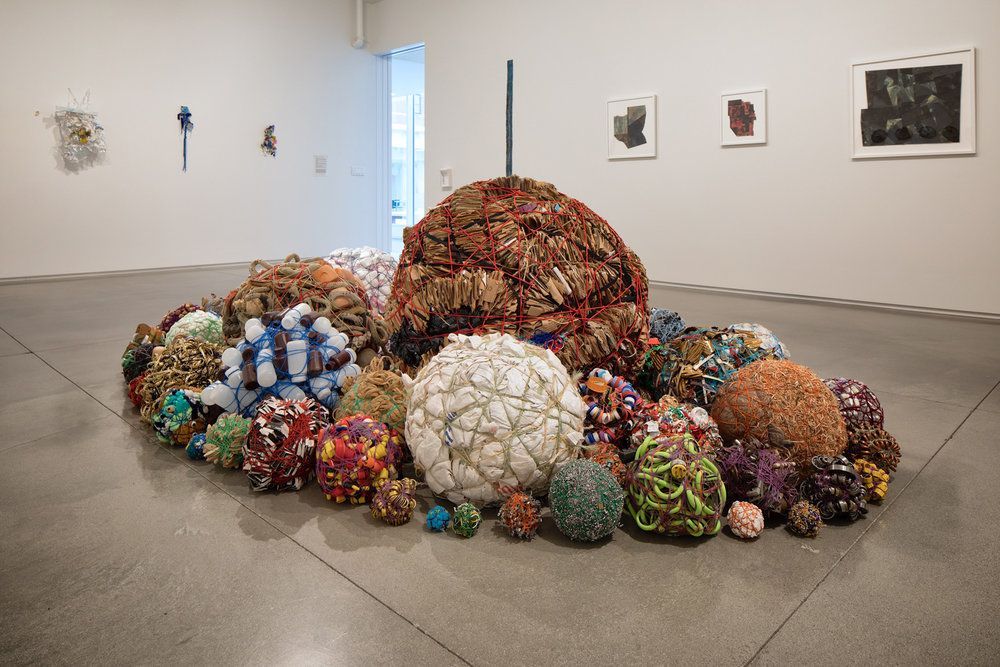
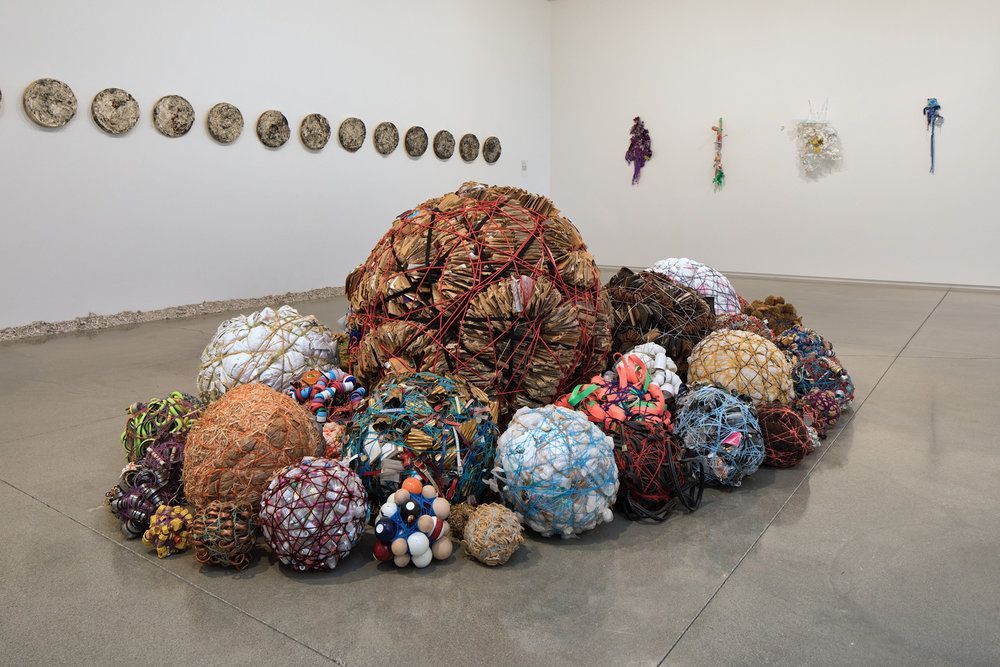
Yesterday in the post on Kate Stewart I referred to the term Materiality which refers to the choice of materials used by an artist and how this impacts on their work.
Art is not static. It lives. It grows. The choice of material on which or in which an artist chooses to express their ideas is limited only by the breadth and depth of the artist's creativity.
We are all familiar with art expressed on canvas, board, paper, in stone, bronze - what I would call examples of the traditional materials of art expression.
In the past the created image was paramount. Nowadays with many contemporary artists the materials being used are just as important.
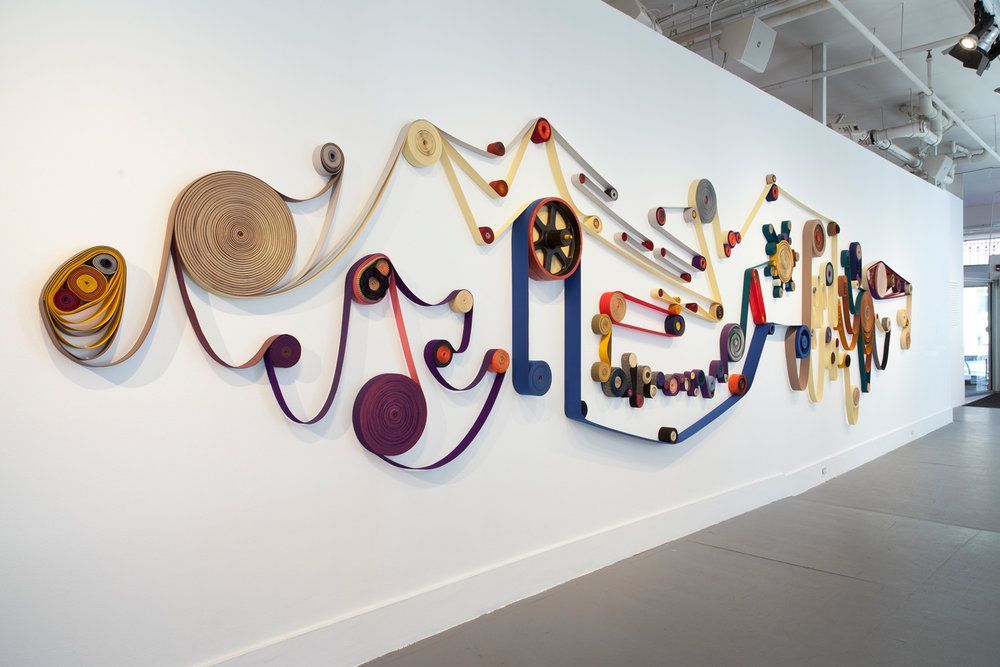
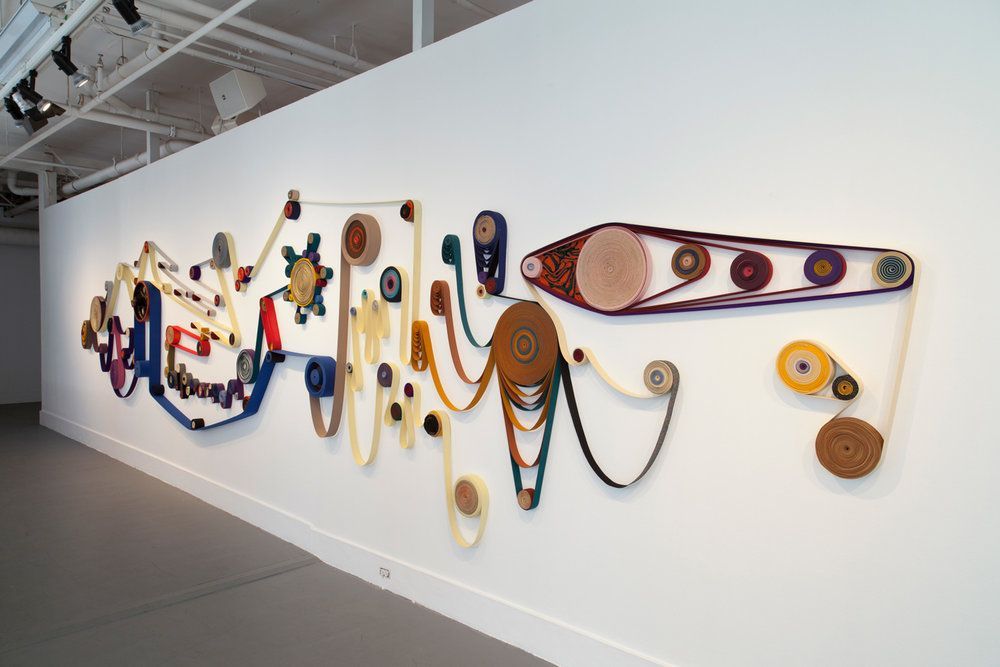

Ian Trask
MEET IAN TRASK
- a scientist-turned-artist. His sculptures transform materials of waste and commercial byproducts into refined aesthetic objects through an alchemistic procedure of reinterpreting a material’s value and usefulness.1
Artists like to challenge their viewers to think about "the world around us". Ian Trask uses "the world around us" to produce his creations.
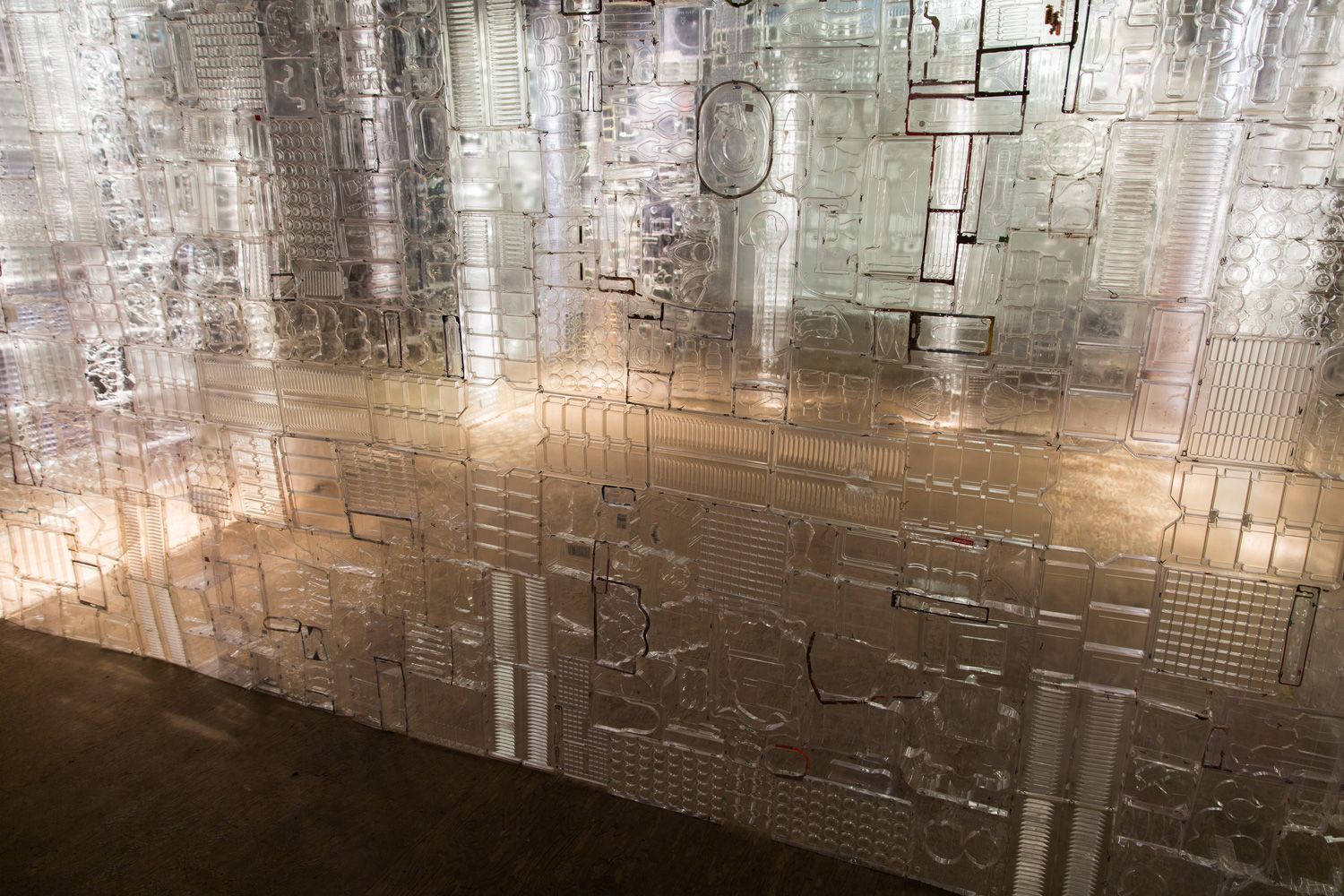
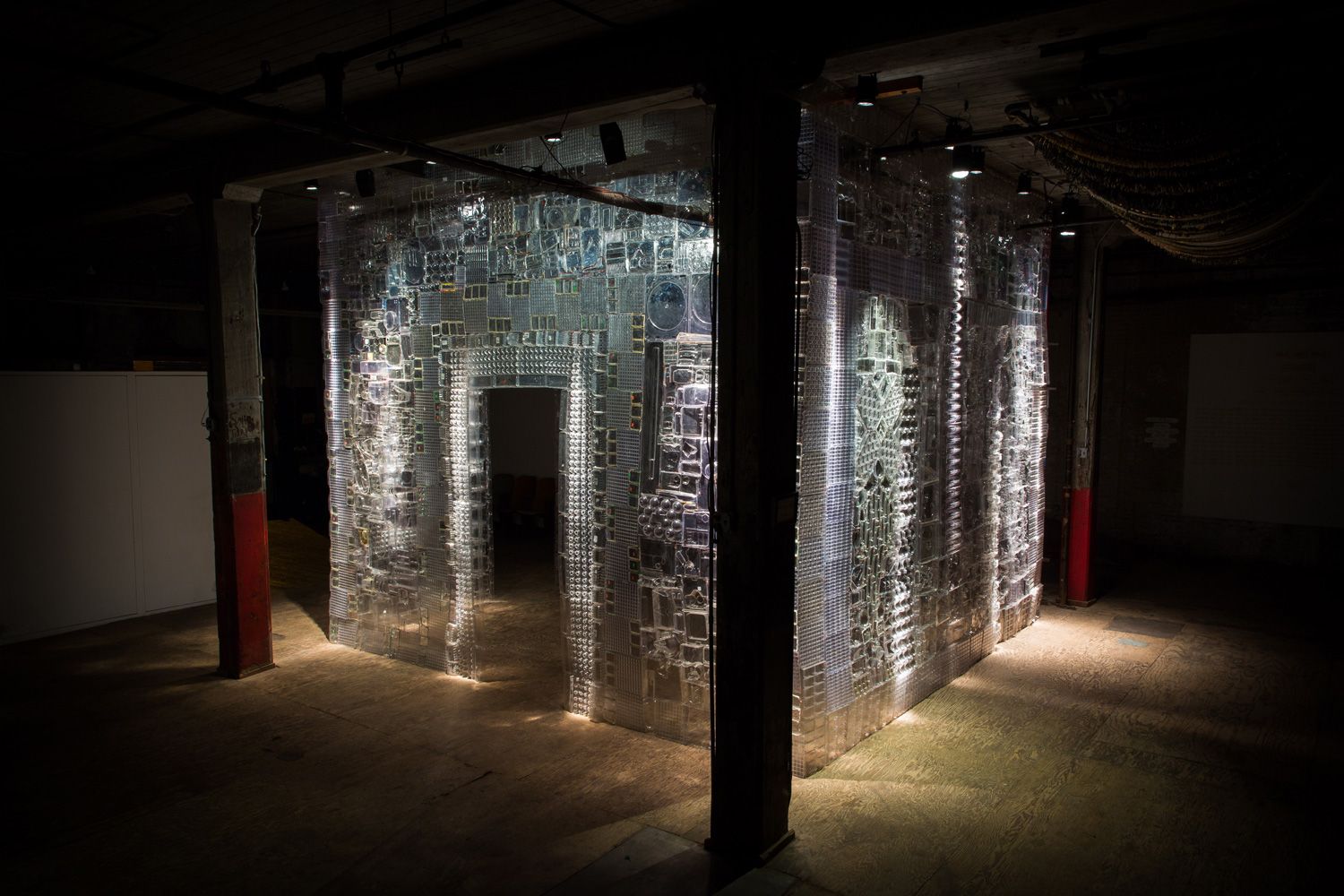
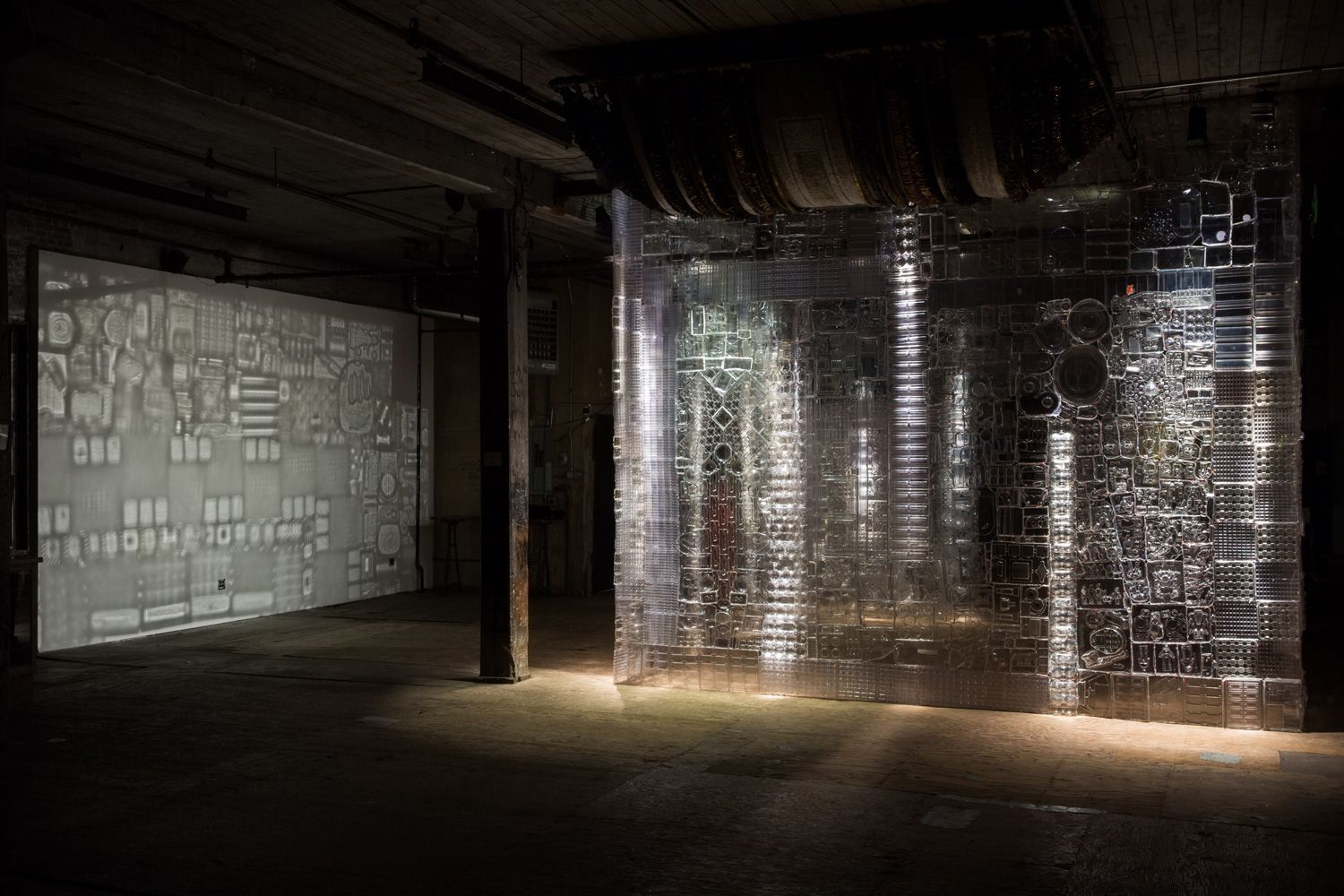
In many of Trask’s sculptures, the viewer will find a mischievous invitation. Texture and tangibility are essential to the experience of these objects, and by provoking the impulse to explore, each piece rouses in the beholder the same spirit of curiosity, experimentation and play that occasioned their creation.1
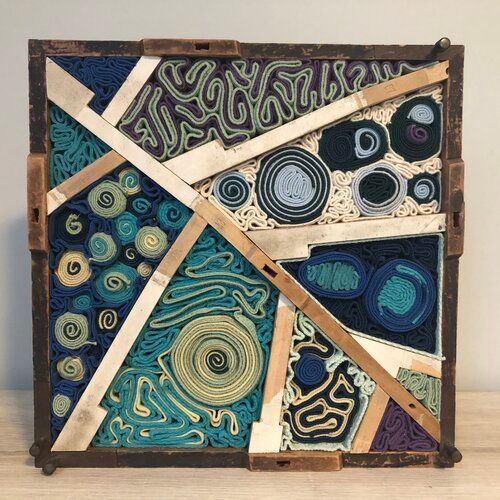
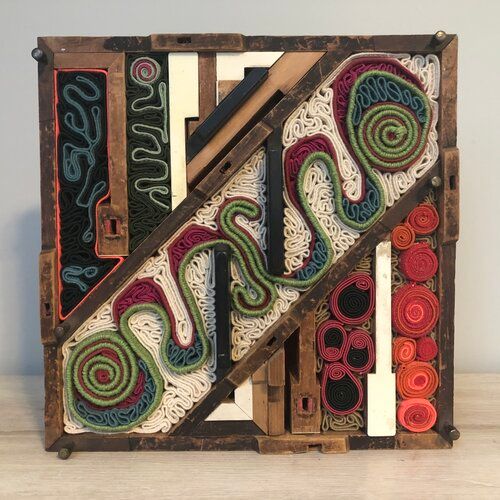
Explore the works being created by Ian Trask by clicking here.
And you might like to follow his blog here.
The earliest artists in time used rock surfaces on which to record the images of their lives. Tomorrow, thanks to Julie, you are going to see an artist who uses not rock surfaces but actual rocks to express his creative ideas.
And today we have two new subscribers who have joined the AnArt4Life blog community: a warm welcome to E in Sydney and also to D in Sydney.
Credit
1. iantrask.com
